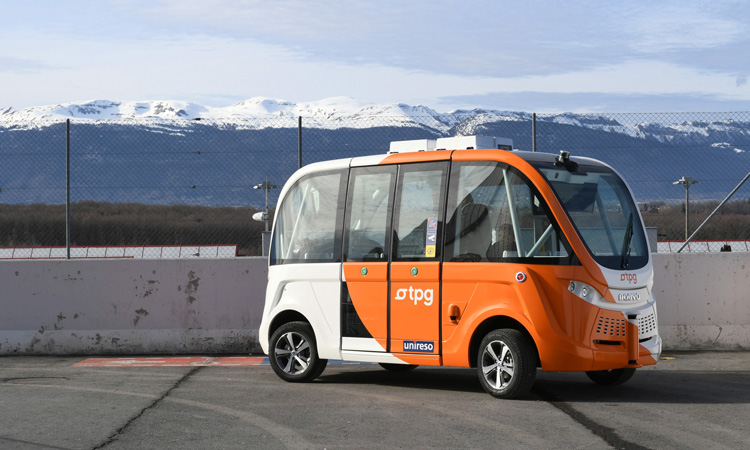The fork in the road ahead for autonomous mobility
- Like
- Digg
- Del
- Tumblr
- VKontakte
- Buffer
- Love This
- Odnoklassniki
- Meneame
- Blogger
- Amazon
- Yahoo Mail
- Gmail
- AOL
- Newsvine
- HackerNews
- Evernote
- MySpace
- Mail.ru
- Viadeo
- Line
- Comments
- Yummly
- SMS
- Viber
- Telegram
- Subscribe
- Skype
- Facebook Messenger
- Kakao
- LiveJournal
- Yammer
- Edgar
- Fintel
- Mix
- Instapaper
- Copy Link
Posted: 28 February 2020 | Jeroen Beukers - Transports publics genevois (tpg) | No comments yet
Our main transportation routes are in place – it is the on-demand collection and dispatch of passengers at the start and end of each trip that needs to be solved next. Jeroen Beukers, expert in autonomous vehicles at Transports publics genevois (tpg), asks whether the solution to this challenge could be found in driverless services.


Demographics are changing; people are leaving rural areas and relocating towards the denser populated cities, including suburbs, creating higher concentrations of citizens per square mile.
Despite the greater volume of commuters this generates, the current trend is to ban conventional motorised individual traffic due to environmental constraints and to improve quality of life.
In order to support climate protection, we may replace internal combustion engine powered vehicles with pure electric ones, but the key question is in the optimal use of available road space. To be able to transport a group of 15 people you still need three passenger cars and to occupy 20 metres of street. This creates the same, or potentially even increases, traffic congestion. On the other hand, three separate vehicles give you a higher degree of flexibility to collect and dispatch passengers compared to just one vehicle.
Another question is the ability to operate a vehicle. While in former times youngsters were eager to pass their driving test at 18 years old, today, a large number of adults don’t hold driver’s licences due to the cost of ownership of a privately‑owned car. As a result, future vehicles have to be driven by specialist drivers or become fully driverless.
Maybe the solution for traffic congestion is to ban all vehicles – empty or occupied by a single person – from the inner cities and only allow vehicles with a specific mission. Vehicles designed with a purpose, able to transport a great number of passengers or goods on every square metre of road space could be the answer; larger vehicles ensuring up and down mass transportation on dominant routes with smaller ones just briefly waiting and ready for the next on-demand order.
Related topics
Connected & Autonomous Vehicles, Mobility Services, Passenger Accessibility, Passenger Experience
Issue
Issue 1 2020
Related modes
Autonomous vehicles
Related organisations
Transports publics genevois (tpg)








